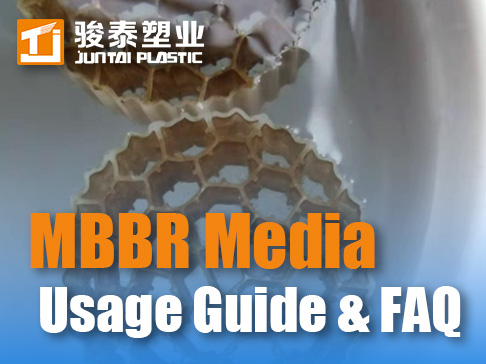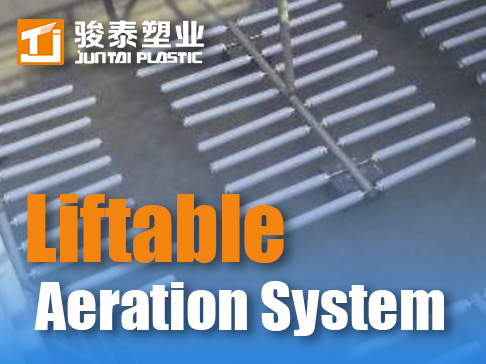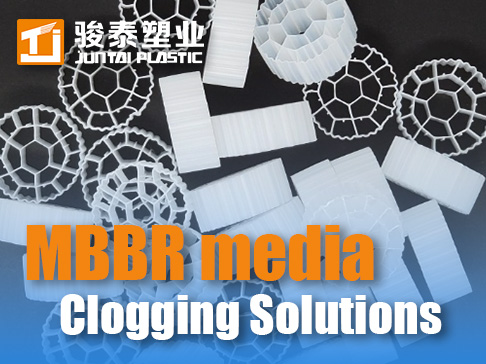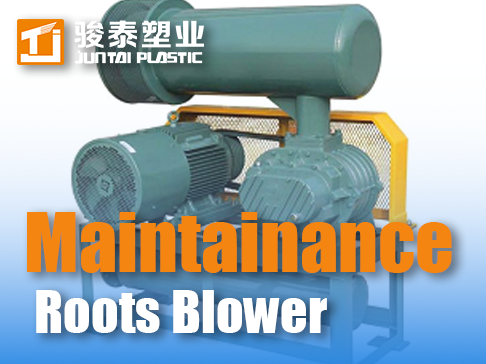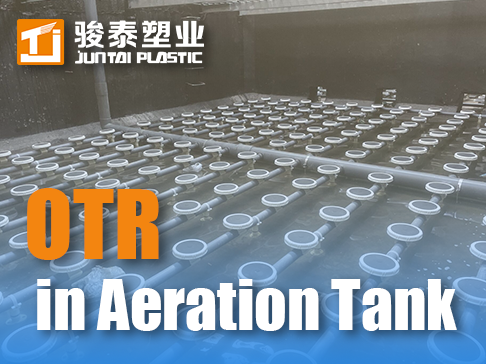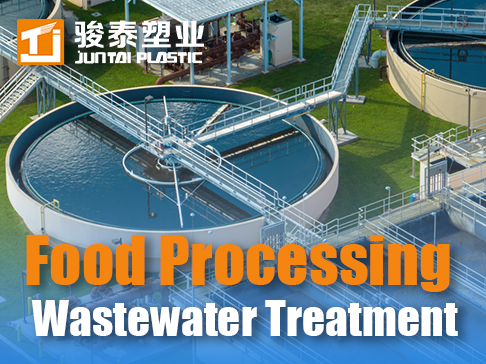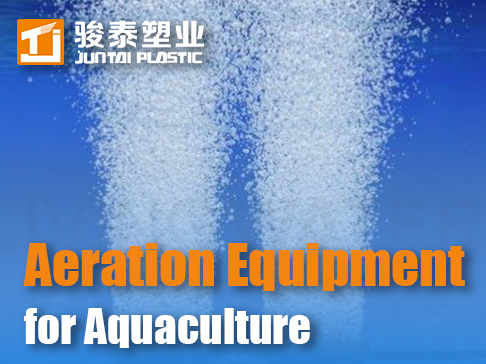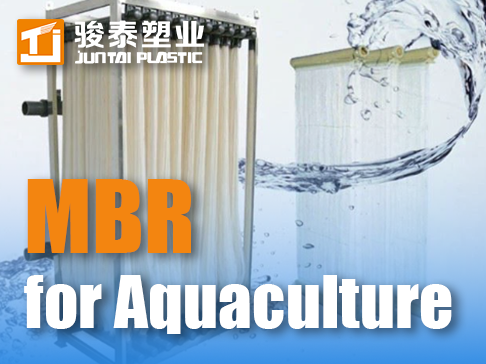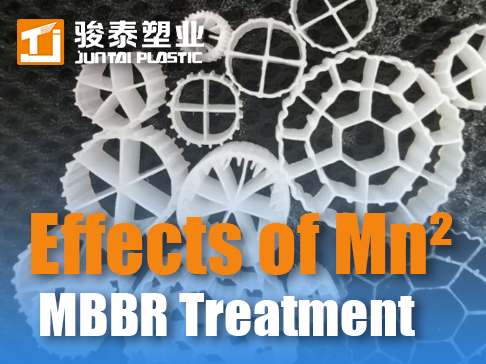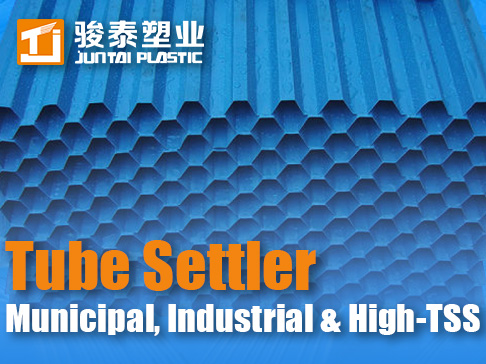 +86 13600513715
+86 13600513715 Modular Tube Settler Design: How JUNTAI Achieves Flexible Expansion from 20㎡ to 2000㎡?
The Limitations of Traditional Sedimentation Tanks
Concrete-based rectangular sedimentation tanks face three critical challenges:
-
Rigid Capacity – Difficult to adapt to fluctuating wastewater volumes (e.g., seasonal industrial production).
-
Long Construction Cycles – 3-6 months for civil works, delaying project timelines.
-
High Retrofitting Costs – Expanding capacity requires demolishing existing structures.
JUNTAI’s modular Tube Settlers break these constraints through innovative engineering.

3 Core Innovations in JUNTAI Modular Design
1. Standardized PP Modules (1m×1m Units)
-
Quick Assembly: Bolt-connected units reduce on-site installation time by 60% (vs. welded systems).
-
Customizable Layouts: Stack horizontally or vertically to match available space.
-
Material Advantage: Corrosion-resistant polypropylene (PP) with 15-year lifespan.
2. Scalable Flow Rate Control
-
20-2000㎡ Coverage: Start with a 20㎡ pilot system, expand seamlessly via modular additions.
-
Flow Distribution Tech: Patented inlet baffles ensure even water distribution (±5% deviation).
3. Zero Civil Engineering Required
-
Lightweight Structure: 8kg/㎡ (vs. concrete’s 300kg/㎡), ideal for rooftop or indoor retrofits.
-
Pre-assembled Skid Units: Plug-and-play deployment in 72 hours (case: Philippines seafood processing plant).
Case Study: Rapid Expansion for a Malaysian Palm Oil Factory
Original Issue:
-
Peak season wastewater surged from 500m³/day to 1500m³/day.
-
Existing concrete tank occupied 80% of available space.
JUNTAI Solution:
-
Phase 1: Installed 50㎡ modular settlers (2-week delivery).
-
Phase 2: Added 100㎡ modules during expansion.
Results:
✅ 40% footprint reduction (vs. traditional tanks).
✅ TSS removal stabilized at 90-92%.
✅ ROI achieved in 14 months via reduced downtime.
Why Global Clients Choose JUNTAI?
-
Certifications: NSF/ANSI 61, ISO 14001 compliant.
-
Global Support: 12 regional warehouses for fast delivery.
-
Smart Monitoring: Optional IoT sensors for real-time sludge accumulation alerts.




